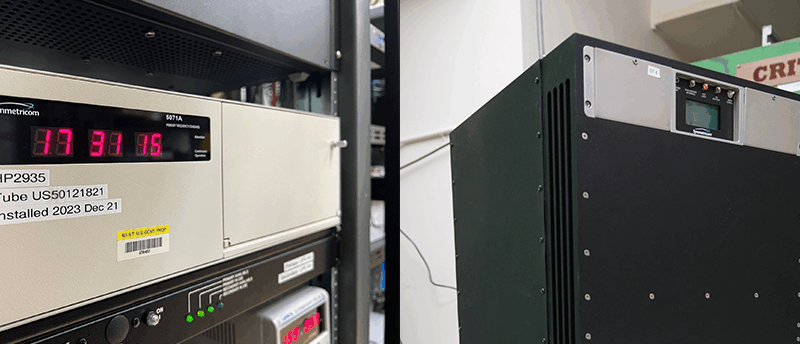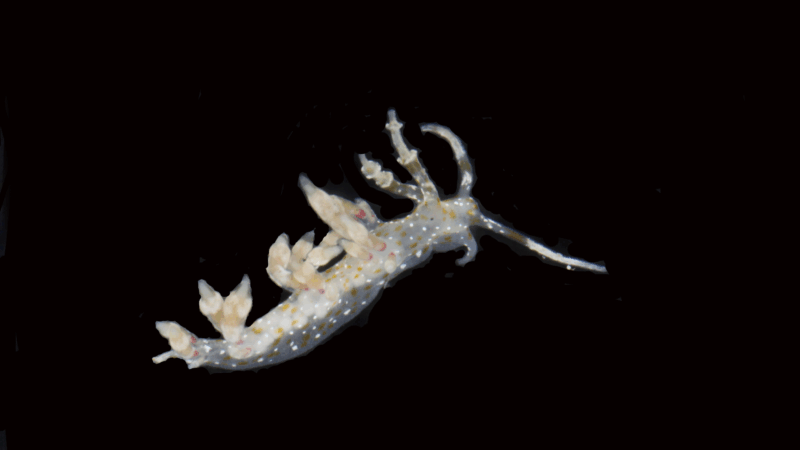Alabama could use nitrogen hypoxia for executions in death sentences. What is it?
Alabama is readying an untried method of execution to carry out its death sentences – nitrogen hypoxia.
The state approved the method in 2018, but it has not yet been used or tested.
The man awaiting a Sep. 22 execution, Alan Eugene Miller, was convicted of killing three men in a workplace shooting in 1999. He said he opted for nitrogen hypoxia instead of lethal injection due to a fear of needles, but corrections officers lost his paperwork.
While the Alabama attorney general’s office found no evidence of that, Miller could receive death by nitrogen hypoxia if a judge blocks the use of lethal injection.
What is nitrogen hypoxia?
Hypoxia is when there is not a sufficient amount of oxygen in the tissues for the body to perform its regular functions. It is different from hypoxemia, which occurs when there is low oxygen in the blood.
Nitrogen hypoxia is a form of inert gas asphyxiation. Nitrogen is safe to breathe – it makes up 78% of what we inhale – but only when mixed with suitable amounts of oxygen.
Inert gas asphyxiation uses gasses that are not typically poisonous, such as nitrogen, methane or helium, as a diluting agent for atmospheric gasses. This then reduces oxygen concentration to fatally low amounts, according to the U.S. Chemical Safety and Hazard Investigation Board.
Once oxygen levels fall below 16%, breathing becomes difficult. At 4% to 6%, a person can enter a coma in as little as 40 seconds.
There are concerns about the method
Oklahoma and Mississippi are the two other states that have authorized the method. Russell Bucklew, a man incarcerated in Missouri tried to get approved for nitrogen hypoxia, but was denied in a lawsuit that went to the U.S. Supreme Court.
Bucklew was initially scheduled for execution in 2014, but sued the director of the Missouri Department of Corrections asking for the use of nitrogen hypoxia instead of lethal injection due to a medical condition he had.
In the opinion of the Court, Justice Neil Gorsuch denied the request, saying that nitrogen hypoxia had been untested and Missouri could not properly prepare it.
Bucklew’s proposal should have included how the nitrogen gas should be administered, in what amounts, how long it would take to work and how to keep the execution team safe, he said.
The Court also ruled there was no evidence to support Bucklew’s claim that hypoxia would be less painful. He was executed in 2019 by lethal injection.
Copyright 2022 NPR. To see more, visit https://www.npr.org.9(MDA2ODEyMDA3MDEyOTUxNTAzNTI4NWJlNw004))
Vance refuses to set red lines over bigotry at Turning Point USA’s convention
Vice President JD Vance acknowledged the controversies that dominated the Turning Point conference, but he did not define any boundaries for the conservative movement besides patriotism.
CBS News chief Bari Weiss pulls ’60 Minutes’ story, sparking outcry
CBS News Editor-in-Chief Bari Weiss pulled a 60 Minutes segment on allegations of abuses at an El Salvador detention center where the Trump administration sent hundreds of Venezuelan migrants.
Lawmakers threaten Attorney General Bondi with contempt over incomplete Epstein files
The Justice Department is defending its initial release of documents related to sex offender Jeffrey Epstein, saying lawyers are still going through them to ensure victims are protected.
How a power outage in Colorado caused U.S. official time be 4.8 microseconds off
Officials said the error is likely be too minute for the general public to clock it, but it could affect applications such as critical infrastructure, telecommunications and GPS signals.
Scientists say they have discovered 20 new species deep in the Pacific Ocean
Researchers retrieved reef monitoring devices that had been placed in deep coral reefs in Guam. The devices were placed up to 330 feet below the surface.
Shopping for pricy ACA health plans? Some cheaper options come with trade-offs
Without a fix from Congress, costs for many people who buy health care on the Affordable Care Act marketplace have gone up. Here's what's to know about cheaper choices — and pitfalls to be aware of.







